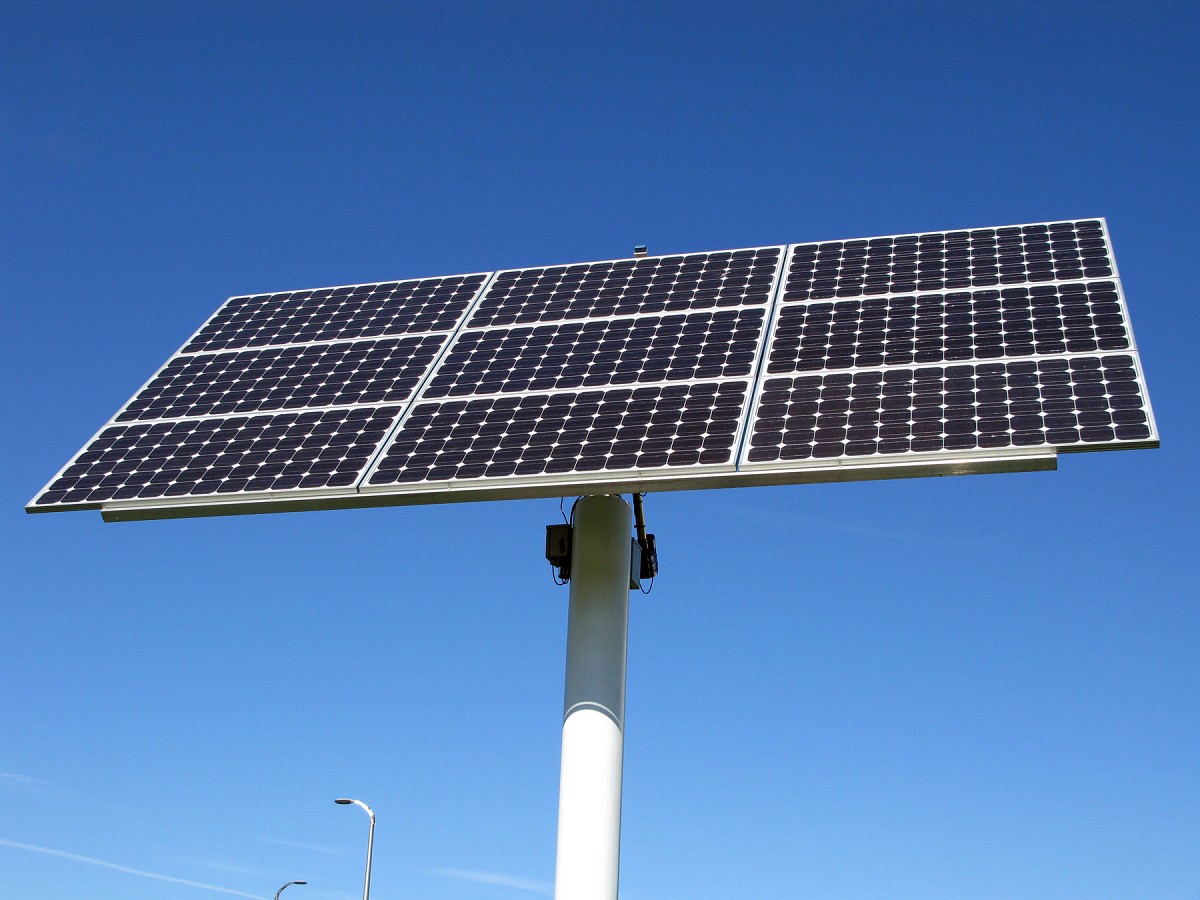Solar Panels: Maintaining Battery Power
 The batteries in solar photovoltaic systems can last up to 20 years with proper care. Most solar PV systems use a set of deep-cycle, flooded lead-acid batteries. Each battery is essentially a box of lead plates surrounded by battery acid, composed of distilled water and sulfuric acid.
The batteries in solar photovoltaic systems can last up to 20 years with proper care. Most solar PV systems use a set of deep-cycle, flooded lead-acid batteries. Each battery is essentially a box of lead plates surrounded by battery acid, composed of distilled water and sulfuric acid.
To optimize the lifespan and productivity of the batteries, buy new (getting used batteries may seem green, but they will likely need to be replaced in short order) high-quality batteries designed for PV systems. Car batteries may also be lead-acid, but they are not interchangeable with renewable power system batteries. Forklift batteries may work, but are expensive. On the other hand, some installers recommend first-time buyers start out with cheap but functional golf-cart batteries in case they make rookie mistakes and ruin them.
To maintain good battery power, take the following steps:
- Coat battery posts with battery sealer (available at auto parts stores) or petroleum jelly.
- Promptly recharge partially drained batteries. Some watt-hour meters show the percentage of charge left in the battery (much like most laptop computers). A battery that is only drained to about 90 percent of its capacity will last more than 10 times longer than a battery that is regularly completely drained. With an off-grid PV system, keeping the battery consistently above 90 percent of capacity is unrealistic. Instead, aim to retain at least 50 percent battery capacity at all times. This might mean running dishwashers and other appliances on sunny days when the batteries are full and you are drawing power directly from the solar panels. Reduce electric usage during long cloudy periods. It may also be cost-effective in the long run to oversize the battery bank to minimize drainage.
- Keep batteries at a comfortable temperature - between about 50 and 80 degrees Fahrenheit, and ideally around 75 degrees. Don't let batteries freeze, and keep them off cold concrete floors. If the batteries are kept in the home, they should be in a separate, sealed and well-ventilated space out of reach of children.
- Check battery fluid levels monthly, and refill as needed with distilled water. Refill to the level specified by the manufacturer, and promptly clean off any battery acid that spills out of the battery. Battery filler bottles simplify the process and help prevent overfilling. Never wear metal jewelry or use non-insulated metal tools when working with batteries. They could conduct dangerous levels of electricity.
- Use the charge controller to equalize the batteries quarterly or as needed. Equalization is a controlled overcharging of the cells, and can be done with the PV array on a sunny day or with a backup generator. The battery bank is overcharged for about four to six hours, until the voltage is equal between batteries.
Of course, all this maintenance and the considerable expense of solar batteries can be avoided with a battery-free system that is tied to the main electric grid. These cheaper systems feed power into the electric grid when possible, and draw power from the grid when necessary, and don't require battery backup. If you want a small battery bank in case of a power outage, consider sealed lead-acid batteries, which do not require as much maintenance (and can't be filled or equalized). However, be sure to recharge them occasionally, as they slowly lose their charge. Also avoid freezing or extreme heat.
Much of the above information can be attributed to "Power from the Sun" by Dan Chiras, a thorough, accessible resource for all kinds of information about home solar electric systems, and "The New Solar Electric Home," by Joel Davidson and Fran Orner, which is a more difficult read, but it packs more detailed information.
Steve Graham is a Networx writer. Read more articles like this one, or get help with your home project on Networx.com.
Looking for a Pro? Call us (866) 441-6648

Electrical Average Costs
Electricians Experiences

Concrete Patio Is The Finishing Touch For An Artist's Studio

Find A Reliable Full Service Crew For No-Fuss Tree Removal



